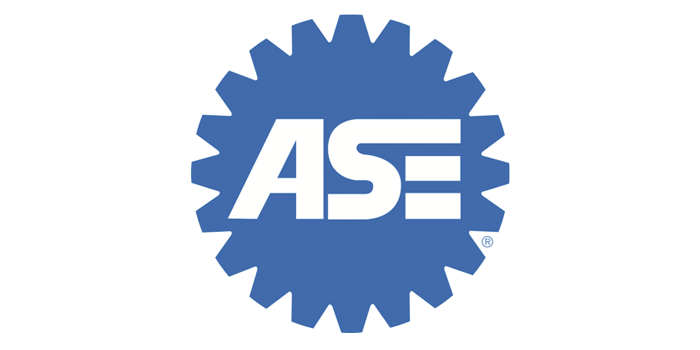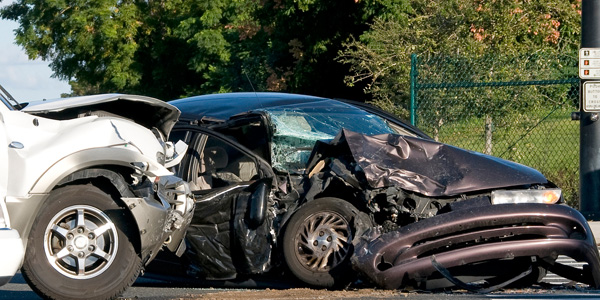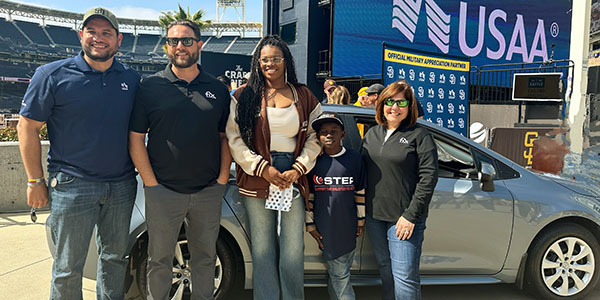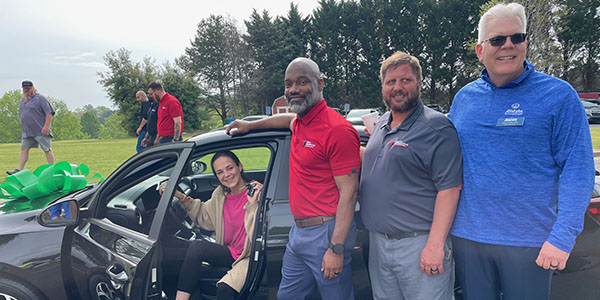Honda R&D Americas, Inc. President Frank Paluch recently shared Honda’s vision for the next 50 years of human mobility at the 2015 SAE World Congress and Exhibition, capping off three days of collaborative discussion among top engineers and thought leaders across the automotive industry.
Paluch challenged the industry to think more broadly about its role in leading society toward a radically transformed mobility experience.
“Our role as engineers, as an industry, isn’t simply to pursue incremental advances for short-term competitive advantages in sales, profit or market share,” said Paluch. “Our more enduring challenge is to transform the fundamental nature of the products we make to realize game-changing innovation.”
Paluch laid out Honda’s own challenging vision for mobility in 2050, which encompasses a range of solutions based on Honda’s long-term vision, asserting that “advancing mobility on all fronts is the key to the evolution of society.”
“Honda has always invested in advancing its core knowledge across all aspects of the mobility equation – cars, jets, motorcycles, racing machines, humanoid robots and smart home energy systems,” said Paluch. “From a distance, this probably makes us sound a little crazy, but our focus is not short-term, and we continue to think about how we can advance all stages of human mobility – walking, riding, driving and flying.”
Honda’s vision for mobility in 2050 envisions a high-speed, low-carbon, zero-collision mobility experience made possible by the convergence of technology, including highly automated vehicle systems with vehicle-to-vehicle and vehicle-to-infrastructure connectivity and advanced collision mitigation capabilities, leading to what Paluch calls a “Cooperative Car Society.” Key phases of Honda’s vision are:
- By 2020: Humans, vehicles and infrastructure become connected in an omni-directional safety system that will reduce driver workload and enable a 50 percent reduction in accidents involving Honda vehicles.
- Before 2030: Not only are cars connected, but all road users, including pedestrians, bicyclists and motorcycle riders.
- By 2040: Honda-connected vehicles would be accident-free, which would pave the way for radical changes in the way people move and live.
- By 2050: Cars converge into a network of intelligent, interconnected machines – a “Cooperative Car Society” – using their advanced sensing and relational capabilities to inform and educate the world around them.
“With the advancement of learning, sensing and communication, in both cars and infrastructure, we will move into a new realm, a cooperative car society, in which the highly automated vehicle becomes a platform for the transformed mobility experience,” Paluch said. “In this scenario, the highly automated vehicle as a platform for transformed mobility experience is eminently achievable.”
Paluch also set forth Honda’s vision for a low-carbon future, involving the convergence of renewable energy and powertrain technologies, including fuel cell vehicles, working in conjunction with smart home energy systems and smart grid technology. Honda is already experimenting with such systems at its Honda Smart Home projects in Japan and California.
“At Honda, we’re determined to apply our technology and ingenuity to help move our society beyond the age of oil,” he said. “From an environmental point of view, we see oil spills in the Gulf or fracking by the highway as unintended consequences to fuel the mobility we create. This is evidence of the challenge and societal costs of our oil-dependent society and industry.”
Paluch concluded by suggesting that achieving a radical transformation in human mobility will require new ways of thinking to achieve a higher-level consensus on the big challenges that lie ahead.
“No single company, no enterprise, has the size or reach to line up all these pieces by themselves,” said Paluch. “If we want to secure the future and relevance of our industry, we have got to work together, break down the walls that divide us, think beyond traditional alliances and partnerships and build better, faster networks of communication and collaboration between all the stakeholders in this game.”













